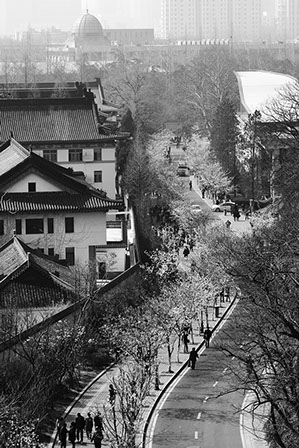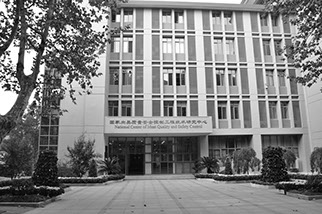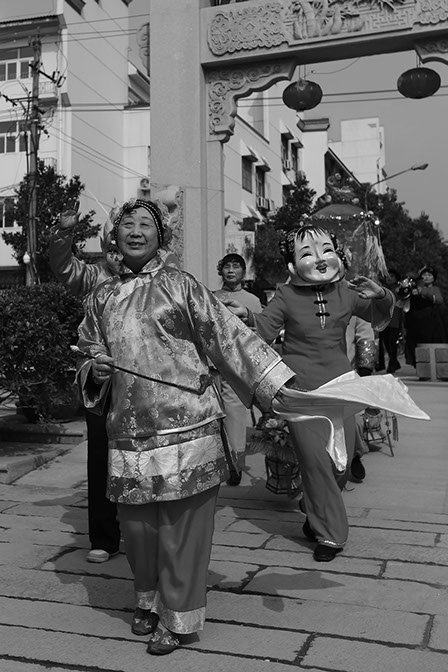NANJING FACTS & FIGURES
-
POPULATION
+7
MILLION -
AREA
6,598
sq/km -
JIANGSULOCATION
PROVINCE
EAST CHINA -
YUANCURRENCY
(RENMINBI) -
GDP
5.4
TRILLION YUAN -
MANDARINLANGUAGE
CHINESE -
+8hrsTIME ZONE
(GMT) -
16˚CTEMPERATURE
(average)
LOCATION
Situated in one of the largest economic zones of China, the Yangtze River Delta, Nanjing is the capital of Jiangsu Province. The city lies 300km west of Shanghai (1 hour 9 minutes by high speed train), 1,200km south of Beijing (3 hours 41 minutes by high speed train) and 1,400km north-east of Hong Kong (2 hours 2 minutes by flight).
TRANSPORT
An important central city, Nanjing has a highly-developed infrastructure of modern road, rail, air and sea transport links.The extensive highway network and convenient public transport options make travel within the city easy. China’s high-speed rail network connects Nanjing to most major cities within a few hours, while Nanjing Lukou International Airport offers routes to major destinations around the world.
CLIMATE
Nanjing lies within China’s subtropical monsoon climate zone. Alongside the characteristically humid weather, the region experiences both extensive sunshine and heavy rains. Local authorities have worked hard to create an ecologically-friendly environment, and successful urban greening programs have seen Nanjing transformed into a comfortable and attractive modern city.
HISTORY
One of the four ancient capitals of China, Nanjing is a cultural center with a 2,500-year history of attracting intellectuals from all over the country. In the Tang and Song dynasties, Nanjing was known as a place where poets gathered for inspiration; during the Ming and Qing dynasties the city was the imperial examination center for the Jiangnan region. This scholarly past has left a rich cultural heritage, with historical sites and ancient relics now sympathetically complemented by the modern and developing city around them.
ACADEMIC EXCELLENCE
Nanjing is one of four designated cities of scientific education in China. With 41 higher universities, it has a student population in excess of 600,000. The 540 research organizations in Nanjing employ over 530,000 research staff. This academic culture is also reflected in the provision of schools and colleges for younger pupils, with both international and public school places available to the children of NAU staff.






